Marsilio Ficino and Platonic Love
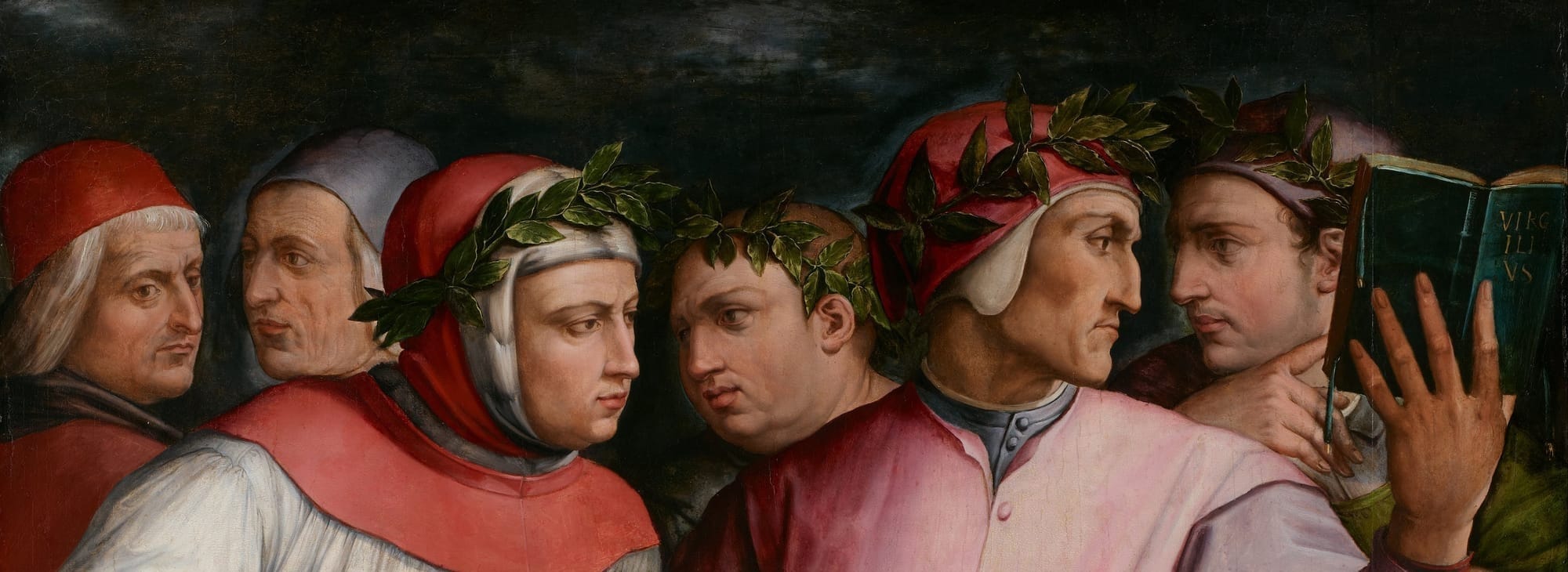
In 15th century Florence, humanist philosopher Marsilio Ficino and his students revived the notion of platonic love, integrating it into Renaissance Christianity. Beauty, he believed, both physical and moral, could inspire us with a glimpse of the divine. This glimpse could be stimulated best via the Four Furies, which were forms of divine madness (divino furore), forms of rapture and ecstasy. These ideas appeared in De amore (completed in 1469 but only widely available in 1484).
The Furies were four-fold: the poetic/musical fury (represented by the Muses), the mystical/religious fury (Dionysius), the prophetic fury (Apollo), and erotic fury (which recognized the "sparks" of physical attraction but focused more on visions of the celestial Venus). Ficino urged caution though, warning against intemperate excess. It's all ladders and mirrors and fear of women and fear of sexual intercourse, but he's a major improvement on Aquinas, since this is dynamic rather than static, his concepts of men and women are more complementary and women did play a role in Ficino's Academy and wider community at large.
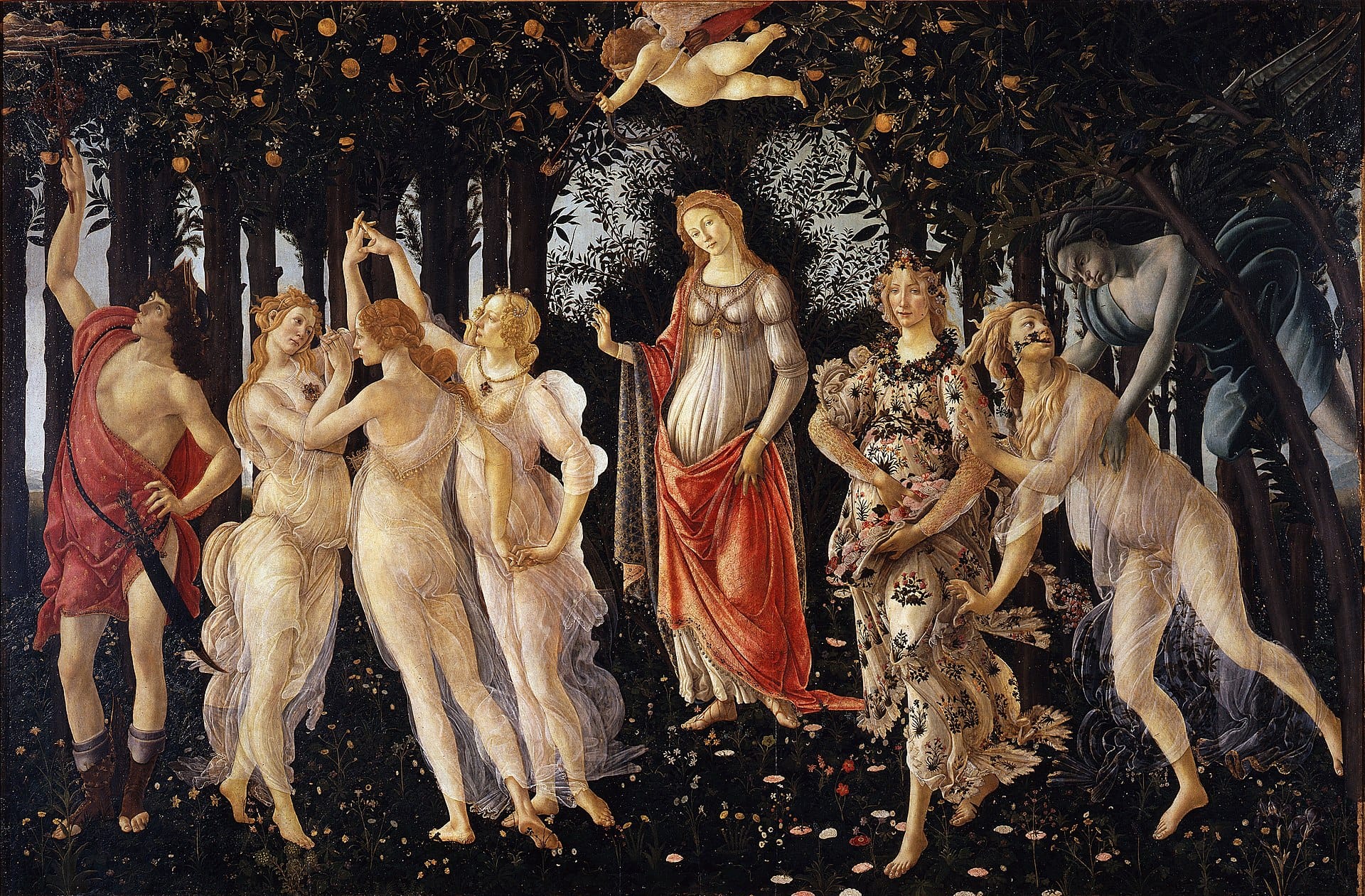
This pastoral painting by Sandro Botticelli is often cited as a perfect expression of Neoplatonic love, for it celebrates love and lovers, fertility and rebirth (more on that here). It had no original title, but it is commonly known as La Primavera or Allegory of Spring (circa 1482). Spring arrives, walking in front of Venus (center) who is a Virgin Mary-like figure with angel wings. To the sides are (these figures are debated) Mercury, the Three Graces, Cupid, Flora and Zephyr and behind them is an orange grove, a Medici symbol. Ficino by this time had little influence in the Medici court and the painting may simply be a celebration of courtly love. We don't know.
To some contemporary eyes, on the other hand, and to the preachers in particular, celebrating the erotic in this way seemed like dangerous elitists justifying sex and sodomy in particular. It would bring down the wrath of God, they said. After 1490 Botticelli himself came under the influence of Savonarola and his paintings took a darker religious turn. Yet despite periodic crackdowns, male-male relationships were common in the Florence of Lorenzo de' Medici and thereafter.
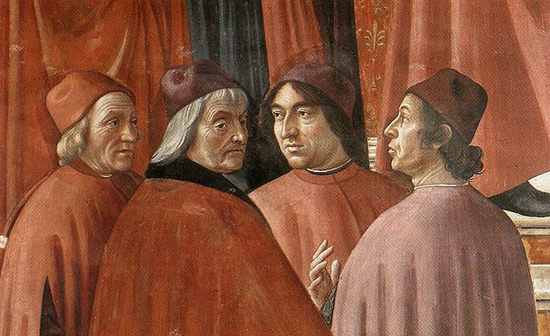
Above is the bottom left corner of a fresco in Florence by Domenico Ghirlandaio called Angel appearing to Zacharias (1486-90). Ficino is the figure on the far left. Both Ficino and Poliziano (third from left) were considered homosexual, as was Ficino's influential student, Pico Della Mirandola (not shown), who brought Savonarola to Florence in 1490. But, was it Platonic? We don't know. The full painting shows the Academy elite in Florence under the Medicis and this particular group is the humanist intellectuals and scholar-poets (no artists to be seen).
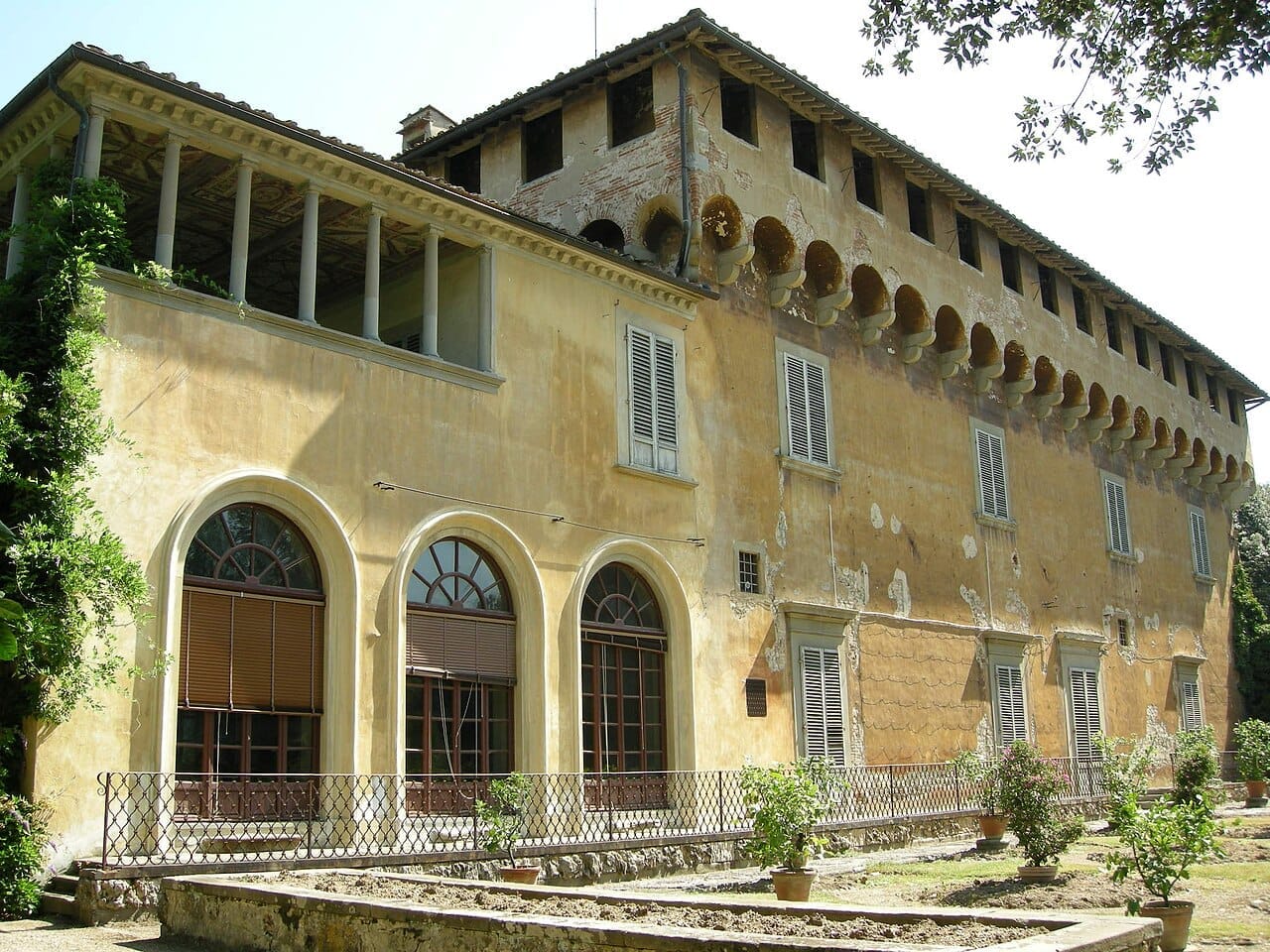
The deluge came with the death of Lorenzo de' Medici in 1492, a French invasion and Savonarola's rise to power. These four men considered themselves friends and colleagues of Savonarola, but Florentine intellectuals were forced to pick sides once he intensified his crusade against sodomy. Savonarola would fall in 1498 but the careers of most of these men would be over. Ficino died the following year at the Villa Medici in Careggi, shown here. (Lorenzo de' Medici had died there too).
Ficino was more than willing to condemn sodomy if that would help. But this world was almost exclusively male and, sooner or later, passion for boys kept getting in the way, as it did for Michelangelo and Leonardo, although only Michelangelo seemed bothered by it. Below is one of Michelangelo's ignudi from the Sistine Chapel ceiling, one of 20, with the infamous acorns at left which were dubbed "penis-heads" in local parlance.
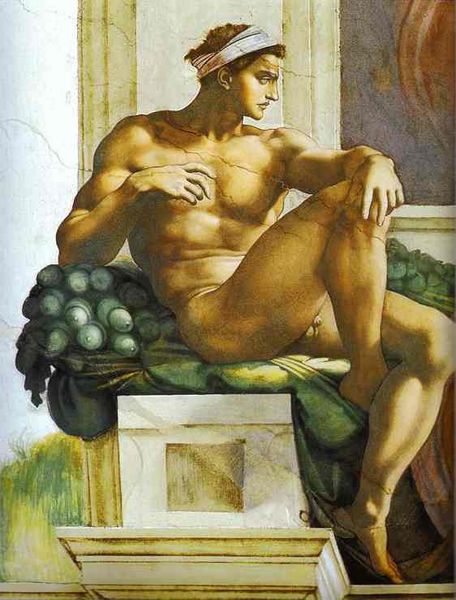
(Neo-) platonic love, on the other hand, would survive by being extended to courtly heterosexual love - the tradition of Dante and Beatrice - which is pretty much where it is today.
